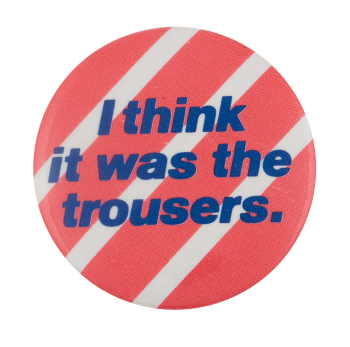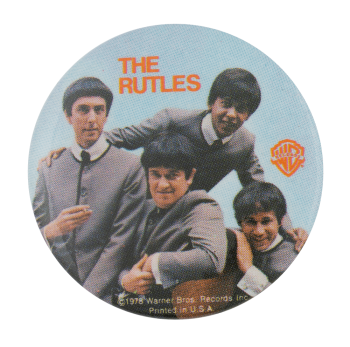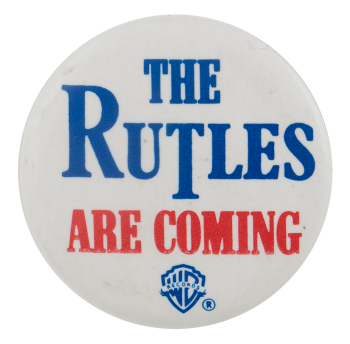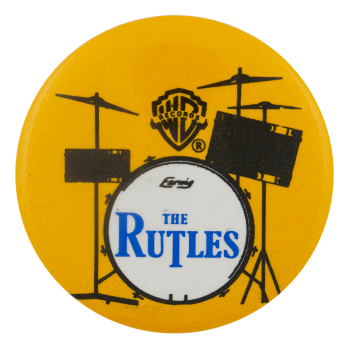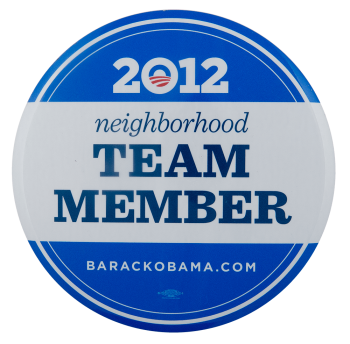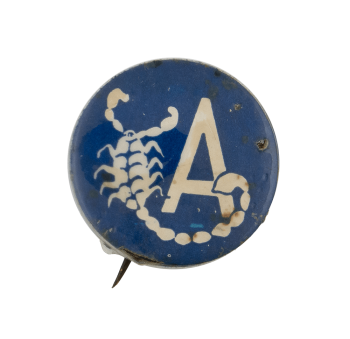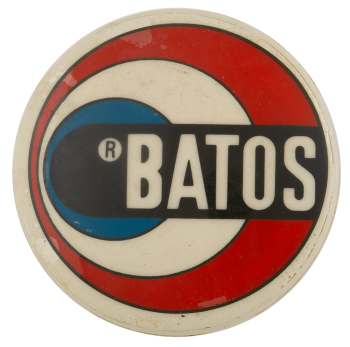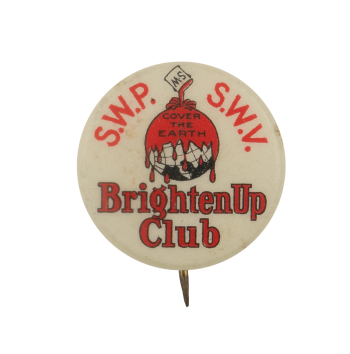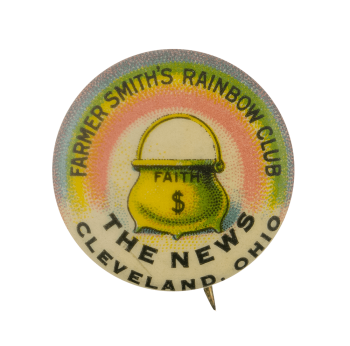| Additional Information |
The Rutles began as part of a made-for TV movie called, All You Need Is Cash, which aired originally in the U.S. on the NBC televison network on March 22, 1978. This spoof documentary about a legendary band of the 60's was created by two veterans of comedy and music, Eric Idle and Neil Innes. Eric Idle was one of the founding members of Monty Python's Flying Circus. Neil Innes was one of the founding members of cult comedy-rock group, "The Bonzo Dog Band", which was picked by The Beatles to appear in their 1967 film, Magical Mystery Tour. Neil Innes went on to become the "seventh Python", providing and performing comedic music for the troupe, and appearing with them live on stage. Together, they created the mythical Rutles as device to parody the Beatles story. Neil Innes wrote, recorded and produced all the music, and Eric Idle wrote and co-directed the spoof documentary film which lampooned the Beatles legend. Eric Idle and Neil Innes also acted in the show. Neil played Ron Nasty (the John Lennon character) and Eric played Dirk McQuickly (the Paul McCartney role). Two musician friends were recruited to play the other two Rutles. Rikki Fataar (a top session musician who played with the Beach Boys in the 70's) played Stig O'Hara (the George Harrison character) and British drummer John Halsey became Barry Wom, the Rutles version of Ringo Starr. Among cameo appearances by stars such as Mick and Bianca Jagger, and Ron Wood, real-ex-Beatle George Harrison did a guest shot in the movie as an interviewer. All You Need Is Cash was produced by Lorne Michaels, known for producing Saturday Night Live on NBC. Through various releases to VHS, DVD, and cable broadcasts, several small but noticeable differences can be seen in the versions of the movie.
All of The Rutles music seen in the film and heard on the soundtrack album was sung and played by the three musicians - Neil Innes, Rikki Fataar and John Halsey, with the addition of Ollie Halsall, who also played guitar and did most of the "Paul" type vocals. Ollie can be seen in the film briefly as "Leppo". Eric Idle did not sing or play on the album, and just lip-synced Ollie Halsall's tracks in the film. 14 of the 20 songs from the show were originally released on album by Warner Bros (#HS 3151) in March 1978. This album was nominated for a Grammy for Best Comedy Recording. All of the original Rutles music is now available on CD from Rhino Records, RHINO R2 75760, which was released on July 7th, 1990. The CD has six bonus tracks that the Warner Brothers LP didn't have. A soundtrack album in 1978 was followed in 1996 by Archaeology, which spoofed the then recent Beatles Anthology series. A second film, The Rutles 2: Can't Buy Me Lunch – modelled on the 2000 TV special The Beatles Revolution – was made in 2002 and released in the US on DVD in 2003.
|

